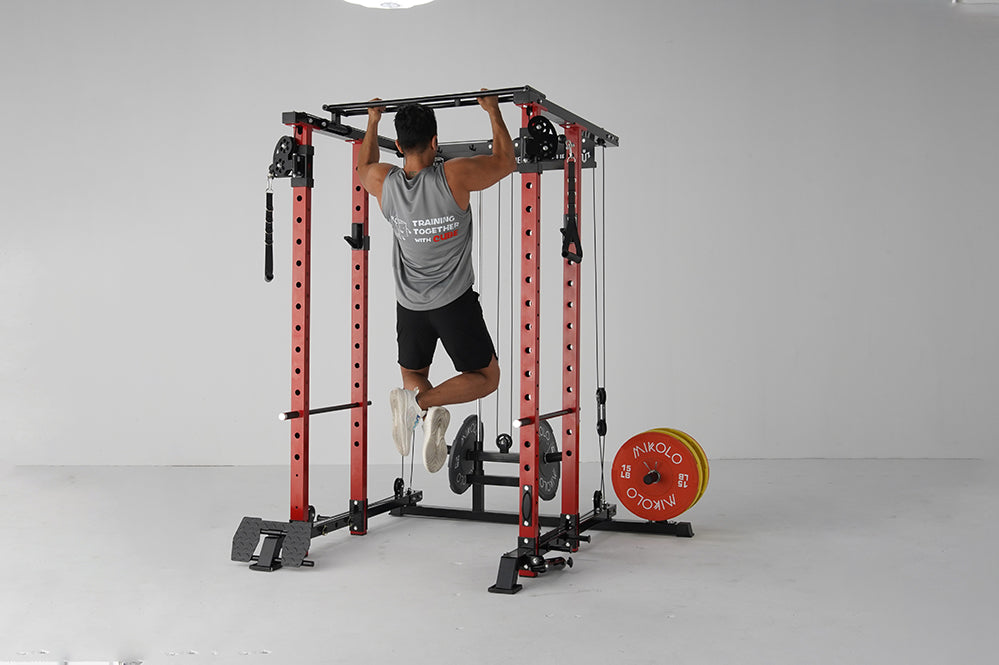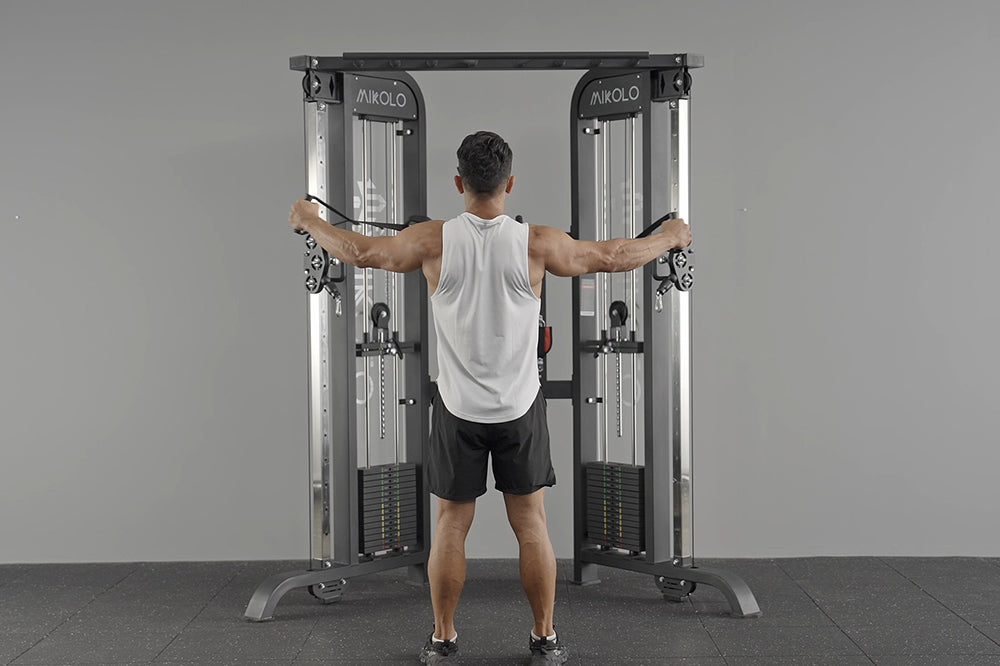Have you ever wondered why lifting hurts? Is the pain weakness, an injury or are you actually building muscle? The pain you feel when lifting is a message from your body, of the changes happening in your muscles. Understanding this is key to anyone looking to get fit in a healthy and sustainable way. This article will break down the pain of weightlifting and muscle growth, so you can satisfy your curiosity and support your training.
First off, let’s differentiate between the different types of pain you feel during and after exercise. The “good” pain, also known as muscle soreness or Delayed Onset Muscle Soreness (DOMS) usually shows up a day or two after a heavy session. This soreness is a normal reaction to new exercise and part of the process your muscles go through to recover and get stronger. The sharp pain during lifting is a warning sign, you might be on the verge of injury or overtraining.
Lifting weights hurts, especially when you’re pushing yourself or trying new exercises. But it’s important to know the fine line between normal muscle soreness and pain that means harm. The former can indeed mean your body is going through the stress it needs to build new muscle fibers. Weightlifting causes micro tears in your muscle fibers and when your body repairs those tears, that’s how you build muscle and strength over time.
And it’s important to listen to your body and know when to push through the pain and when to stop. Mild to moderate muscle soreness is part of muscle building, but any sharp or lingering pain is not to be ignored. That might mean bad form, lifting too heavy or an underlying injury that needs attention. Pay attention to your body and consult with a fitness professional so you don’t hurt yourself by accident.
Taking a proactive approach to pain can make all the difference to your training. Warming up before lifting, gradually increasing weights and taking rest days are the basics to reduce injury risk. And regular mobility work and stretching can increase your flexibility and resilience so you feel less discomfort during exercise.
And don’t forget the psychological side of feeling pain when lifting. Often the mental challenge of pushing through the discomfort can lead to big gains in both physical strength and mental toughness. Having a mindset that sees muscle soreness as a positive sign of growth not a setback can change your training and ultimately your results. But this mindset shouldn’t mean ignoring real pain that needs attention.
To balance between good muscle soreness and bad pain, communicate with fitness professionals and possibly healthcare providers. Customize your training to your body and limitations and gradually challenge your muscles to build muscle effectively and sustainably. It’s about balance and listening to your body’s signals, distinguishing between pain that means growth and pain that means injury.
Lifting is part of the journey to building a stronger, more resilient body. By understanding and respecting your body’s signals, including the painful ones, you’ll be more likely to succeed and sustain in your fitness journey. Remember, it’s not just about building muscle but building it in a way that enhances your overall health and wellbeing. As you lift, learn and grow, let the sensations guide you but never at the cost of your physical wellbeing. Keep listening, keep learning and let each rep bring you closer to your goals. Handle pain as it shapes not only your muscles but also your character and determination.












































Leave a comment
This site is protected by hCaptcha and the hCaptcha Privacy Policy and Terms of Service apply.